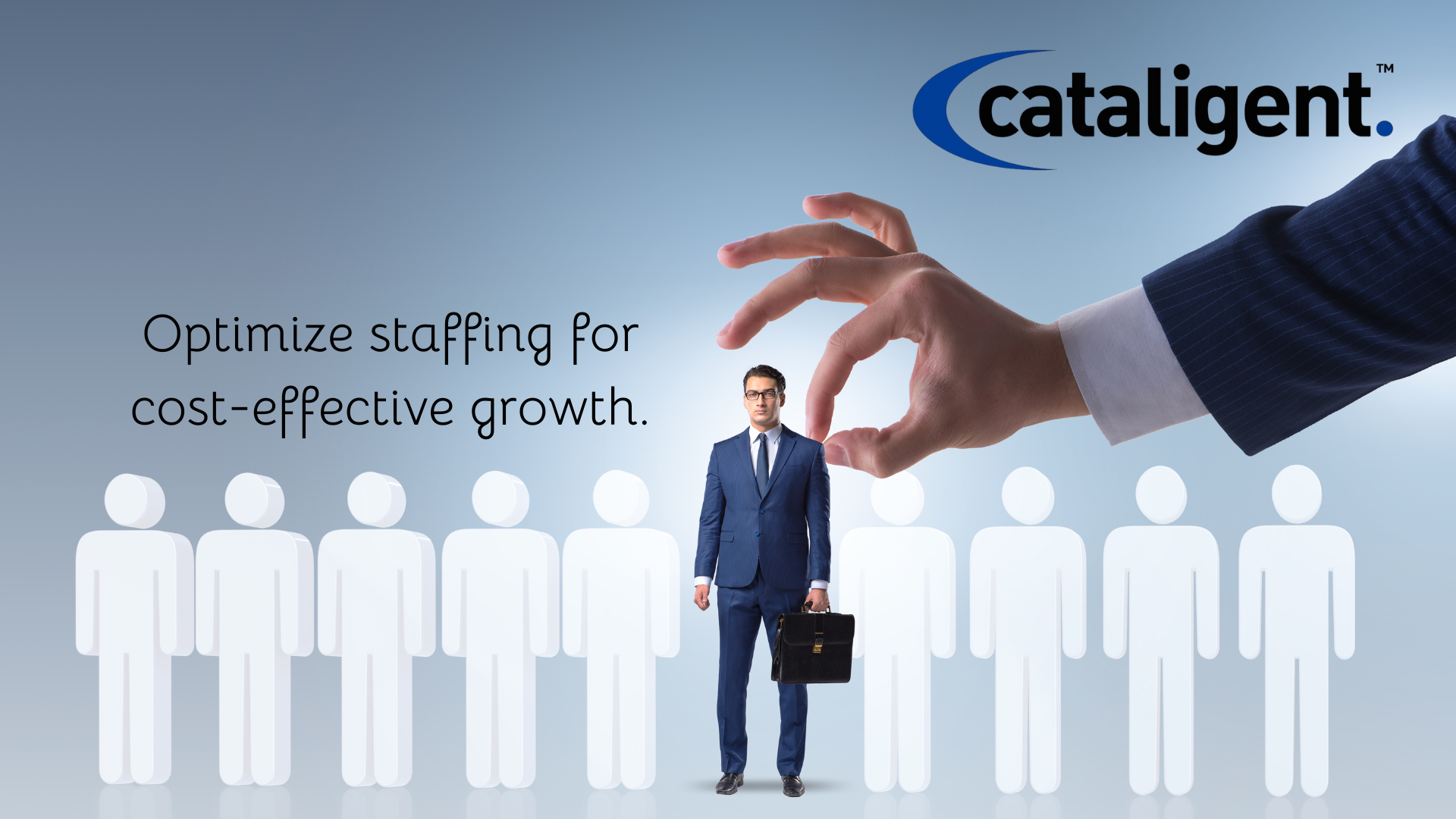Introduction
Labor costs are one of the most significant expenses for any business. Effectively managing hiring and workforce costs ensures financial stability without compromising productivity. By optimizing workforce planning, leveraging flexible employment strategies, and fostering a multi-skilled workforce, businesses can reduce payroll expenses while maintaining operational efficiency.
This document explores key principles, benefits, challenges, and implementation strategies for controlling hiring and workforce costs.
Principles of Workforce Cost Management
- Strategic Workforce Planning: Align hiring decisions with business goals and financial capacity.
- Cost-Effective Staffing: Utilize a mix of full-time employees, freelancers, and contractors.
- Cross-Training and Upskilling: Train employees to handle multiple roles to improve workforce flexibility.
- Performance Optimization: Focus on productivity-enhancing measures rather than headcount expansion.
- Technology Utilization: Leverage automation and digital tools to reduce reliance on manual labor.
Cost-Saving Impact of Controlling Hiring and Workforce Costs
- Reduces Payroll Expenses While Maintaining Efficiency
- Prevents excessive labor costs by optimizing hiring practices.
- Ensures compensation aligns with performance and business needs.
- Prevents Overstaffing and Redundant Roles
- Helps businesses operate with the right number of employees.
- Avoids unnecessary costs associated with underutilized workers.
- Enhances Workforce Flexibility
- Enables quick adaptation to changing business demands.
- Provides access to specialized skills without long-term commitments.
- Improves Employee Productivity and Engagement
- Cross-training employees boosts skills and career growth opportunities.
- Reduces turnover costs by maintaining a motivated and efficient workforce.
Implementation Strategies for Workforce Cost Control
Step 1: Optimize Hiring Practices
- Assess workforce needs before recruiting new employees.
- Prioritize internal talent mobility to fill critical roles.
- Use data analytics to forecast staffing demands accurately.
Step 2: Cross-Train Employees for Greater Flexibility
- Develop training programs to equip employees with multiple skills.
- Encourage job rotation to enhance workforce adaptability.
- Reduce dependency on hiring additional staff for specialized tasks.
Step 3: Leverage Freelancers and Contractors for Temporary Projects
- Hire contract workers for short-term or project-based work.
- Utilize gig economy platforms to access specialized skills on demand.
- Reduce long-term labor costs by maintaining a lean permanent workforce.
Step 4: Implement Workforce Automation and Efficiency Tools
- Use HR management software to streamline payroll and scheduling.
- Automate repetitive administrative tasks to reduce labor-intensive work.
- Adopt remote work models to minimize office-related expenses.
Step 5: Monitor and Adjust Workforce Costs Continuously
- Conduct regular workforce audits to assess cost-effectiveness.
- Align staffing decisions with business performance metrics.
- Adapt hiring and workforce strategies based on market conditions.
Challenges and Solutions in Workforce Cost Management
- Balancing Cost Reduction with Employee Morale
- Solution: Ensure cost-cutting measures do not compromise workplace culture and engagement.
- Managing Fluctuating Workloads
- Solution: Use flexible staffing strategies like temporary contracts or on-demand workers.
- Resistance to Cross-Training and Role Adjustments
- Solution: Provide incentives and career growth opportunities to encourage skill development.
- Ensuring Workforce Efficiency Without Overburdening Employees
- Solution: Monitor workloads and provide adequate support to prevent burnout.
Conclusion
Controlling hiring and workforce costs is essential for maintaining financial stability and operational efficiency. By optimizing hiring practices, leveraging flexible staffing solutions, and cross-training employees, businesses can reduce payroll expenses while sustaining productivity.
A proactive and adaptable approach to workforce cost management ensures businesses remain agile and competitive, enabling sustainable growth without unnecessary financial strain.


Incredible story there. What happened after? Thanks! http://Boyarka-Inform.com/